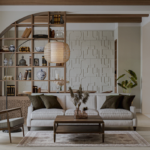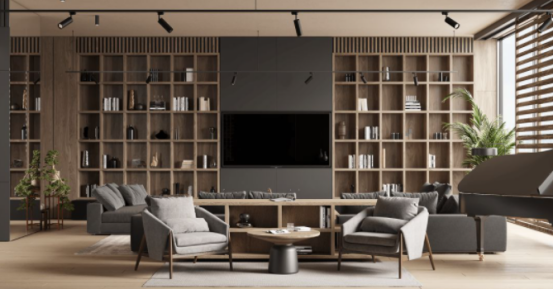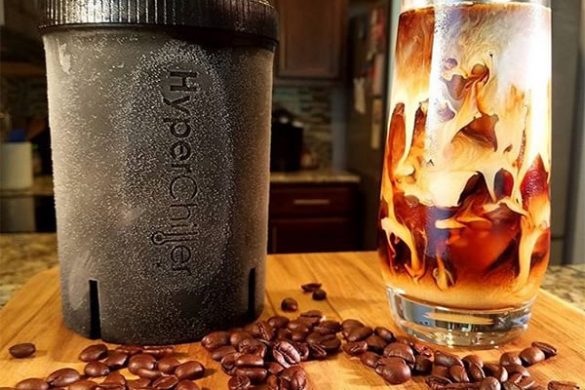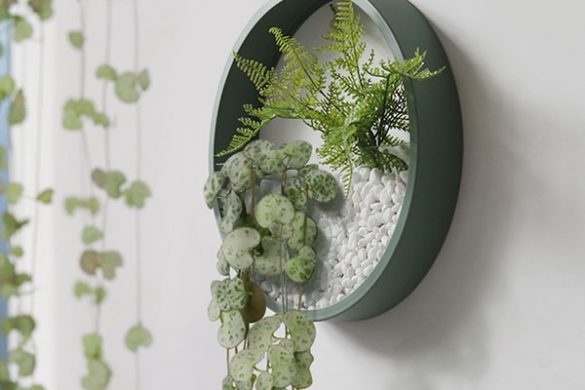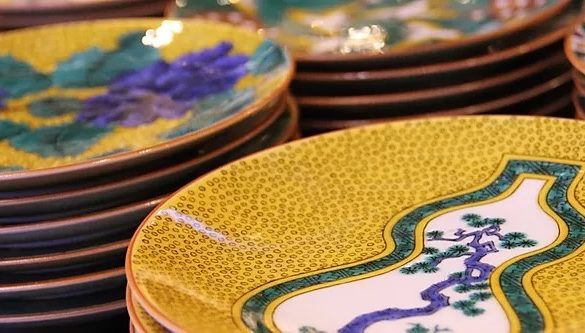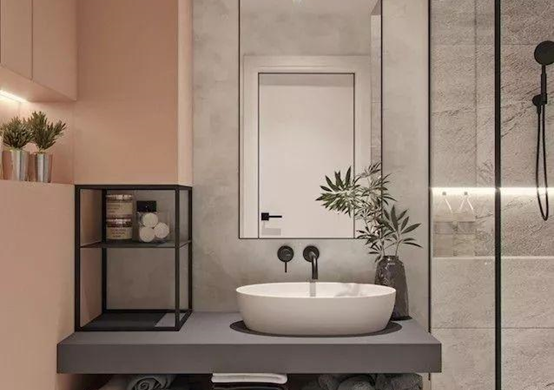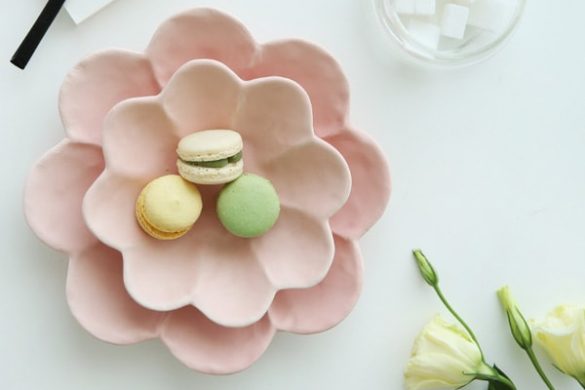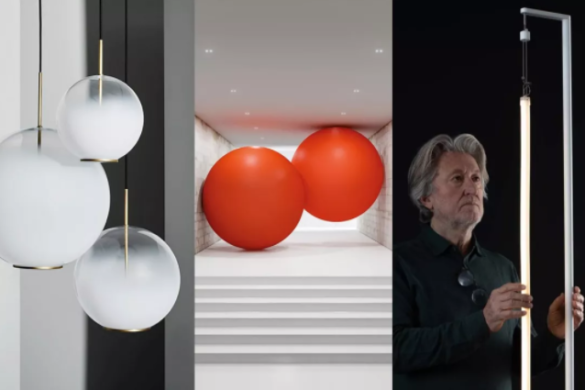When it comes to furnishing, many people buy the best materials they can get to make their homes look high-end, but in vain. For example, they grit their teeth and buy solid wood flooring, only to find it not very different from inferior materials. This is because flooring is not only about material, but also about design. So today we’ll share with you some common methods of flooring.
Running Bond/Brick Pattern

One of the easiest patterns to install, a running bond pattern works well on both walls and on floors. This brickwork pattern is aesthetically ordinary but hard to go wrong, thus a conservative pattern.


Basket Weave Pattern

This pattern is more intriguing. You can choose the size according to your home. If you’re torn between laying ceramic tiles and laying wood flooring, try this design to achieve both effects.


Herringbone Pattern

A herringbone wood floor is created with rectangular pieces of wood arranged to form a zigzag effect. The pattern can stretch the space visually. There are 3 commonly used variations of the herringbone pattern: diagonal herringbone, single herringbone, and double herringbone.
Diagonal herringbone: Tiles are laid at a right angle on the floor and each rectangular tile is also laid at 90° to the adjacent one. This is the simplest and least wasteful herringbone pattern to set up.

Single herringbone: The pattern is created by placing rectangular planks in a staggered/broken zigzag pattern. The end of one plank meets the side of another and forms a 90° angle. The use of the pattern will add dimension and visual tension to your room.

Double herringbone: This creates the same pattern as the single one, but the planks are doubled. It’s an example of order hidden in disorder.

Chevron Pattern

In the chevron pattern, the ends of the planks are cut at an angle, usually 45°, to create parallelograms, and fitted together to create a V shape. Technically complex and more wasteful as it is, the chevron pattern is a beautiful choice if you can afford it.



Blended Pattern
Wood flooring, ceramic tiles, and cement are blended to create a costly, technically complex, but novel look. Try this design if you like and can afford it.


What kind of floor do you like? How did you floor your home?


